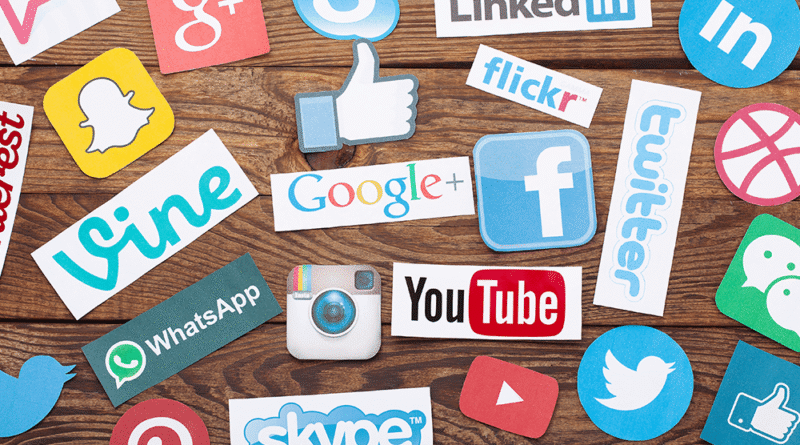The Evolution of Social Media Platforms

The evolution of social media began with text-based forums like Bulletin Board Systems (BBS) in the 1970s and early online groups like Usenet. The first modern social network, Six Degrees, launched in 1997, allowing user profiles and connections. This era, characterized by platforms like Friendster and MySpace, gave way to the dominance of Facebook in the mid-2000s. Technological advancements, particularly the rise of smartphones and the shift to a user-generated content model (Web 2.0), fueled growth, leading to platforms focused on visual content like Instagram and short-form video, such as TikTok.
Early Online Communication (Late 1970s – Early 1990s)
Bulletin Board Systems (BBS):
Users connected via modems to share messages, files, and interact in early online communities.
Usenet:
This global network of forums offered a space for people with shared interests to discuss topics in a centralized manner.
IRC & Early Instant Messaging:
Technologies like Internet Relay Chat (IRC), followed by AOL Instant Messenger (AIM) and Yahoo! Messenger, facilitated real-time text-based group and one-on-one conversations.
The First Social Networking Sites (Late 1990s – Early 2000s)

Six Degrees (1997):
Recognized as the first true social media platform, it allowed users to create profiles, list friends, and make connections. Often considered the first social media site, allowing users to create profiles and connect with friends.
Blogging Platforms (e.g., LiveJournal, Blogger):
These emerged as a way for individuals to express themselves through personal online journals and blogs.
LinkedIn (2002):
Launched as a professional networking site, it carved out a niche in the professional sphere.
The Rise of Modern Social Media (Mid-2000s – 2010s)
MySpace:
Gained immense popularity by offering personalized profiles and showcasing music, becoming a key platform for online identity.
Instagram (2010): Made photo-sharing mainstream with filters and later Stories.
Facebook (2004):
Initially exclusive to college students, it expanded rapidly to become the leading global platform by emphasizing real identities and interconnected networks.
YouTube (2005) & Reddit (2005):
These platforms emerged, focusing on video sharing and community discussions, respectively.
Pinterest (2010): Focused on inspiration, visuals, and discovery.
Twitter (2006):
Introduced microblogging with short messages, becoming a powerful tool for real-time news and communication.
Snapchat (2011): Introduced disappearing content, AR filters, and ephemeral sharing.

Future Trends
- Technological Innovations: Faster internet speeds and the widespread adoption of smartphones made social media more accessible and convenient.
- Web 2.0: The shift towards user-generated content allowed individuals to easily create and share their own material, changing the nature of online interaction.
The Modern Era (2020 – Present)
Clubhouse (2020): Sparked the audio-only social media trend.
Threads, BeReal, and niche apps: Shift toward authenticity, privacy, and micro-communities.
- AI Integration: Platforms now leverage AI for personalization, moderation, and content creation.

Social media has evolved from simple connection tools into complex ecosystems shaping culture, business, and global communication. Each generation of platforms reflects changing user behavior, technology, and cultural trends.
